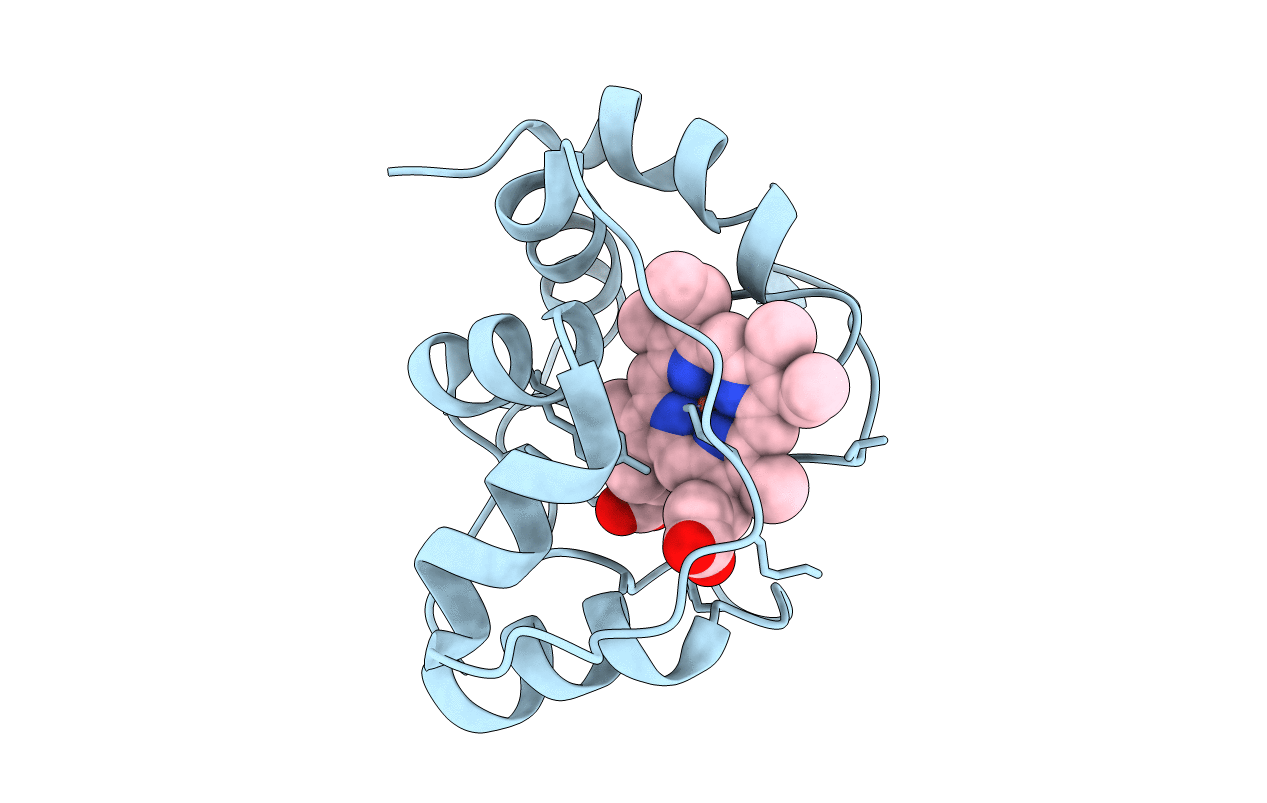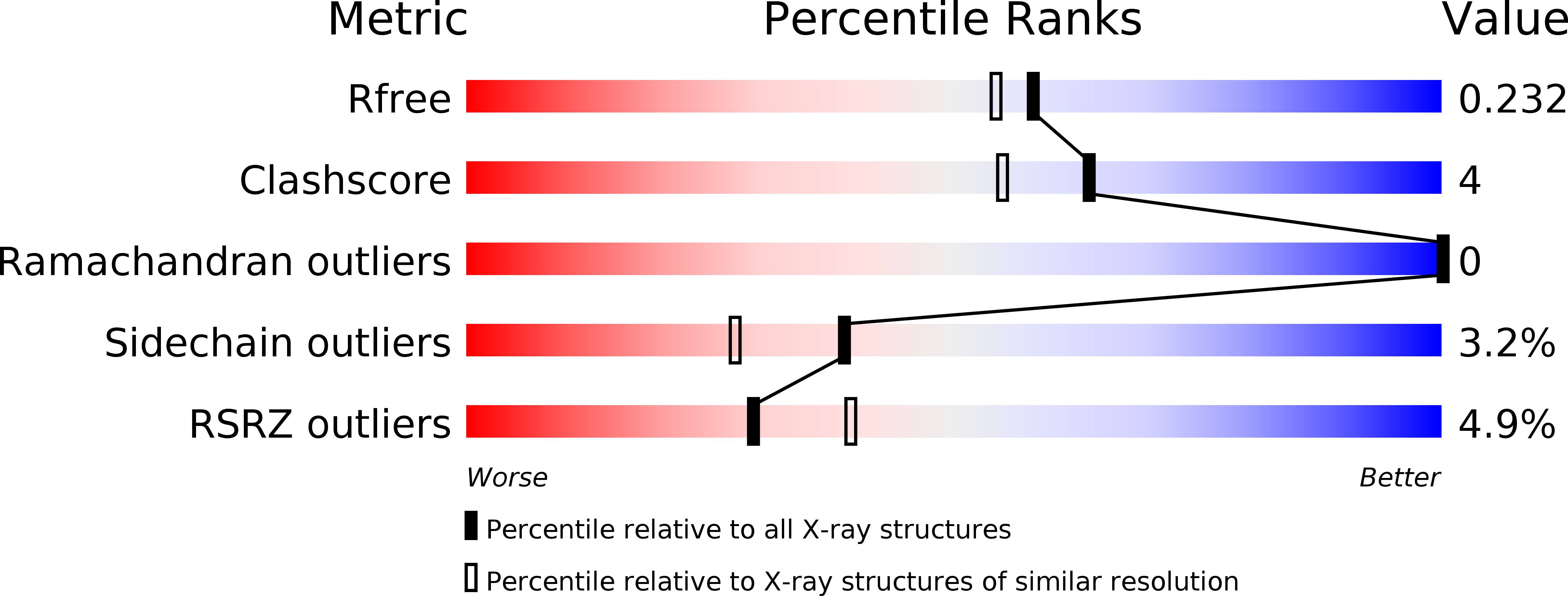
Deposition Date
2005-01-07
Release Date
2005-05-11
Last Version Date
2024-10-16
Entry Detail
PDB ID:
2BH5
Keywords:
Title:
X-ray structure of the M100K variant of ferric cyt c-550 from Paracoccus versutus determined at 295 K.
Biological Source:
Source Organism:
PARACOCCUS VERSUTUS (Taxon ID: 34007)
Host Organism:
Method Details:
Experimental Method:
Resolution:
1.95 Å
R-Value Free:
0.23
R-Value Work:
0.18
R-Value Observed:
0.18
Space Group:
P 21 21 21


